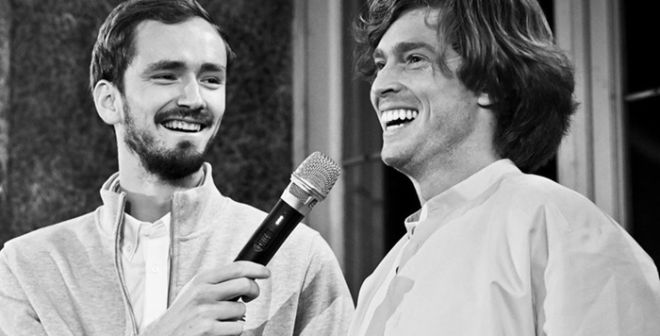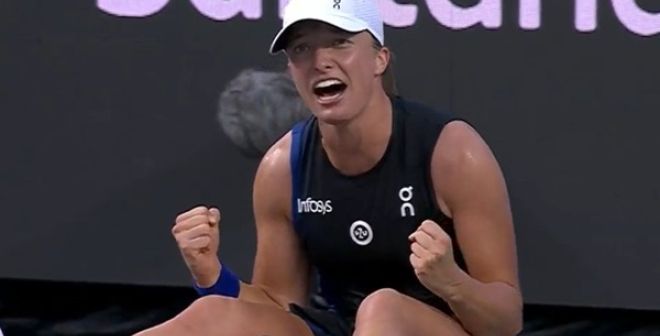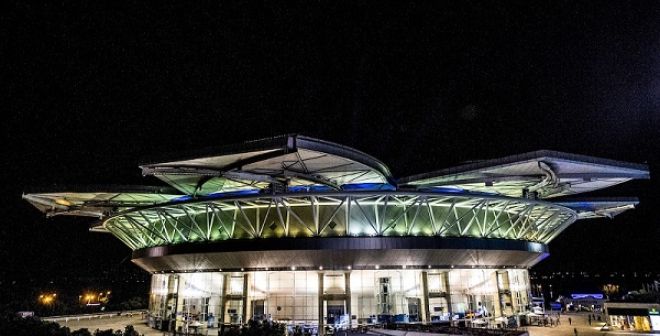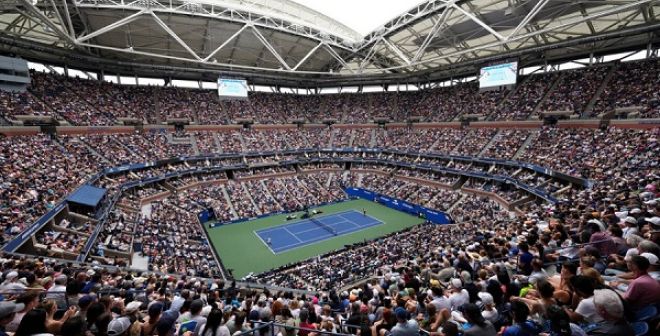A species almost extinct, except perhaps in South America, the clay crocodiles used to be fascinating with their often-eccentric personalities and their Sisyphean stamina...
1. Mats Wilander (Sweden)
Appeared in 1982, when he wasn’t even eighteen, the young Swede quickly proved to be a new breed of crocodile. Thinner (marathonian style), faster and mentally stronger. The kid took advantage of Borg’s early retirement to disgust Guillermo Vilas in Roland Garros final. The lucid and smart teenager will develop his game to become world number one and successfully complete the small slam in 1988. Too curious of the world around him, the Swede will never be the same again. At twenty-five years old ...
2. Corrado Barazzutti (Italy)
Perhaps the ultimate archetype. Arched back, skinny, grumpy, the favorite teammate of Adriano Panatta in Davis Cup Braille yawp at every attack. Semi-finalist at the U.S. and French Opens (77, 78), the Italian "Filer" doesn’t win points he waits for opponent loose ones.
3. José Higueras (Spain)
Courier, Sampras and even Federer hired him as a coach for his abilities on clay… just saying. Higueras was probably the matrix of Spanish players on clay for the following decades, even if he was working for the American Federation. Semi-finalist at Roland Garros in 82 and 83, He sets the limits for baseline "rowers": always ahead of the game, never winner of the courts’ holy Grail.
4. Harold Solomon (USA)
This little man maybe looked like nothing, if not to Eddie Dibbs, his alter ego: a clone of Colombo. Five feet fifty of hard work allowed him to play the final of the French Open in 1976 (defeated by Panatta in four sets) and the semi-finals twice (74 and 80).
5. Guillermo Vilas (Argentina)
Like Wilander, Vilas was originally a thoroughbred clay court player before upgrading his game and winning the U.S. and Australian Opens (twice). His tragedy was to be a contemporary of Borg. The only time the Swede was not in Roland Garros (in 77), Guillermo executed Brian Gottfried in the final. Like Bruguera, Kuerten or Muster, the former fiance of Caroline of Monaco won everywhere except on grass. 62 titles, 40 Final, not your average player…
6. Gaston Gaudio (Argentina).
One of the latest prototypes of the genre. Came out of nowhere, just before the Nadal-Federer era, Gaudio went through a fornight of grace in 2004 and won the French Open like a meteor. We will never see the Argentinian cap again, just like his compatriot Guillermo Coria who never came back after a two sets to nil lead in this final 100% gaucho.
7. Mariano Puerta (Argentina)
A comet too, in his own kind. Final at Roland Garros the year after. He knocked out Nadal for his first title, in five sets. Found guilty of doping, he disappeared soon after.
8. Alberto Costa (Spain)
We could have put Juan Carlo Ferrero at his place but the Valencian was shinning somewhere else. While the South Americans were to become the best crocodiles, Costa took advantage of his stamina to win against a shy Ferrero at Roland Garros in 2002. While the second was promised to three or four titles, there will only be one. We never thought Costa would do anything but he managed to grab a title a year of power vacuum. A bit like the Ecuadorian Gomes in 1990...
9. Alberto Montanes (Spain)
While his compatriots, under the influence of Bruguera, Moya and Corretjaother, are quickly moving towards multi-skilling, Montanes remains a benchmark of the clay. Every newcomer, like the Australian Tomic in Barcelona last week, must pass the test Montanes, a player always between the twenty-fifth and the seventieth rank worldwide. A relic of the past in his own way...
10. Eliot Teltscher (USA)
A little like Solomon or Dibbs (see above), it's hard to imagine that this kind of player may have even existed. Kind of a double of another Eliot (Gould, the American actor), Teltscherhas was never very lucky at Roland Garros’ draw (three knockout rounds in 1979, 82, 83). We will remember his endless rallies, his lift, which was three feet above the net, and his unforgettable angers. To see on YouTube ...
Rico Rizzitelli






